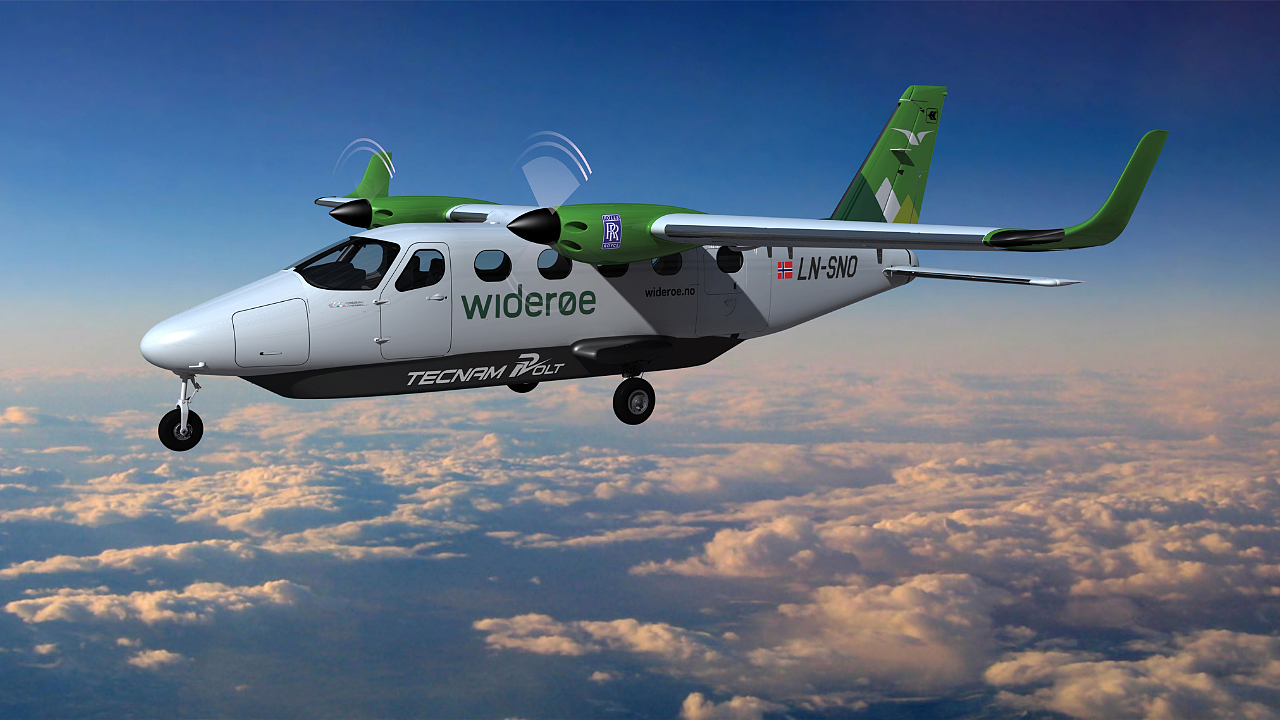
Leading power and propulsion systems manufacturer Rolls-Royce has set itself on the path to achieving net-zero carbon in its operations by 2030. All of the company's new products will be compatible, while its whole business will be net-zero compatible by 2050. These goals are in line with its UN Race to Zero commitments.
Excluding product testing, Rolls-Royce has pledged to achieve net-zero greenhouse gas emissions in its operations by 2030 as it focuses on decarbonising critical areas of the global economy. The storied British propulsion systems specialist is also looking to capture the enormous emerging economic opportunity of the transition to net zero in the years to come.
'Our decarbonisation strategy will ensure that Rolls-Royce is not only compatible with but actively supporting a net-zero future. The societal need is great. The business imperative is clear. The commercial case is attractive,' Warren East, CEO, Rolls-Royce, said while announcing the company's near-term actions to achieve net-zero by 2050.
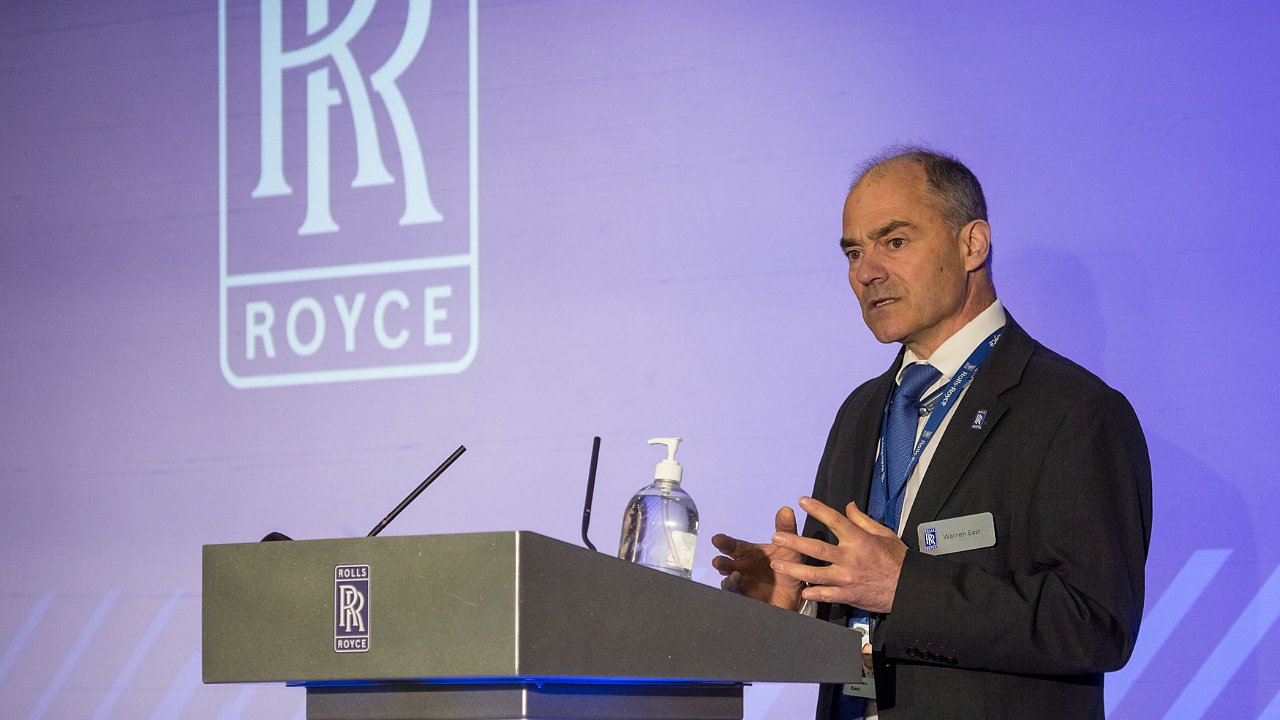
Nigel Topping, UN High Level Champion for COP26 said, 'By organising its industrial technology capabilities to deliver the system change society needs, Rolls-Royce is putting itself at the forefront of the defining economic opportunity of our time; one that customers want to buy, investors want to back, and the brightest talent want to apply their skills to.'
Sustainable future
In its pathway to get to net zero carbon by 2050, Rolls-Royce is introducing short-term targets to decarbonise transport, energy and the built environment. Out of all global CO₂ emissions, land, sea and air transport contribute 23%, with air travel making up 3%. On an average, aircraft efficiency has been increasing by approximately 1% every year with CO₂ emissions per passenger-km reduced by 80% since the first commercial jet aircraft in the 1950s.
The company is a key provider of powerful turbofan engines for global long-haul aviation airframers, and to achieve its net-zero carbon targets it is working on next-generation technologies that will help improve the efficiency of its engine portfolio. Highly efficient gas turbine engines will remain the powerplant of choice for the foreseeable future, especially for widebody twin-aisle jetliners.
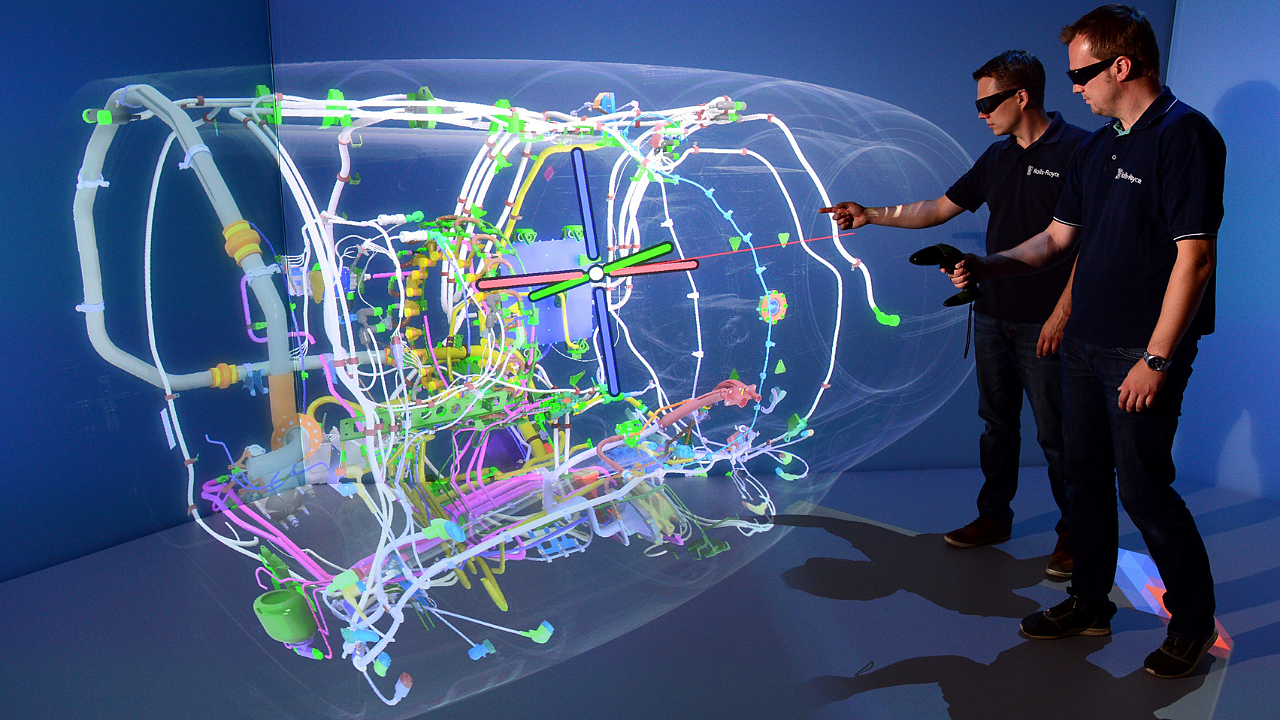
Rolls-Royce estimates that considering the practical limits in thermal and propulsive efficiency, gas turbine engines can yet generate additional efficiencies to the tune of 30%, while more electric gas turbines could deliver further fuel burn improvements of up to 5%. The company's new UltraFan engine, which is still under development, will be 25% more efficient than the first generation of Trent engines which entered service in 1995 and will be designed to operate on Sustainable Aviation Fuel (SAF).
Clean fuel
Sustainable Aviation Fuels (SAF) are an essential part of plans for sustainable aviation, and improving their economics will further drive their global acceptance. The widespread adoption of non-fossil derived fuel offers a significantly lower life cycle carbon impact than traditional kerosene and is the quickest way to decrease in-service product-related CO₂ emissions substantially. Current generation SAFs reduce lifecycle carbon emissions by up 70%; however, as production pathways for synthetically derived fuels mature, this is expected to increase to 100%. Present regulations do not allow commercial aircraft engines to be certified using a testing regime solely using 100% unblended SAF as only a 50% blend of SAF with traditional fuels is approved for use. Rolls-Royce is advocating for 100% unblended SAF be approved for testing.
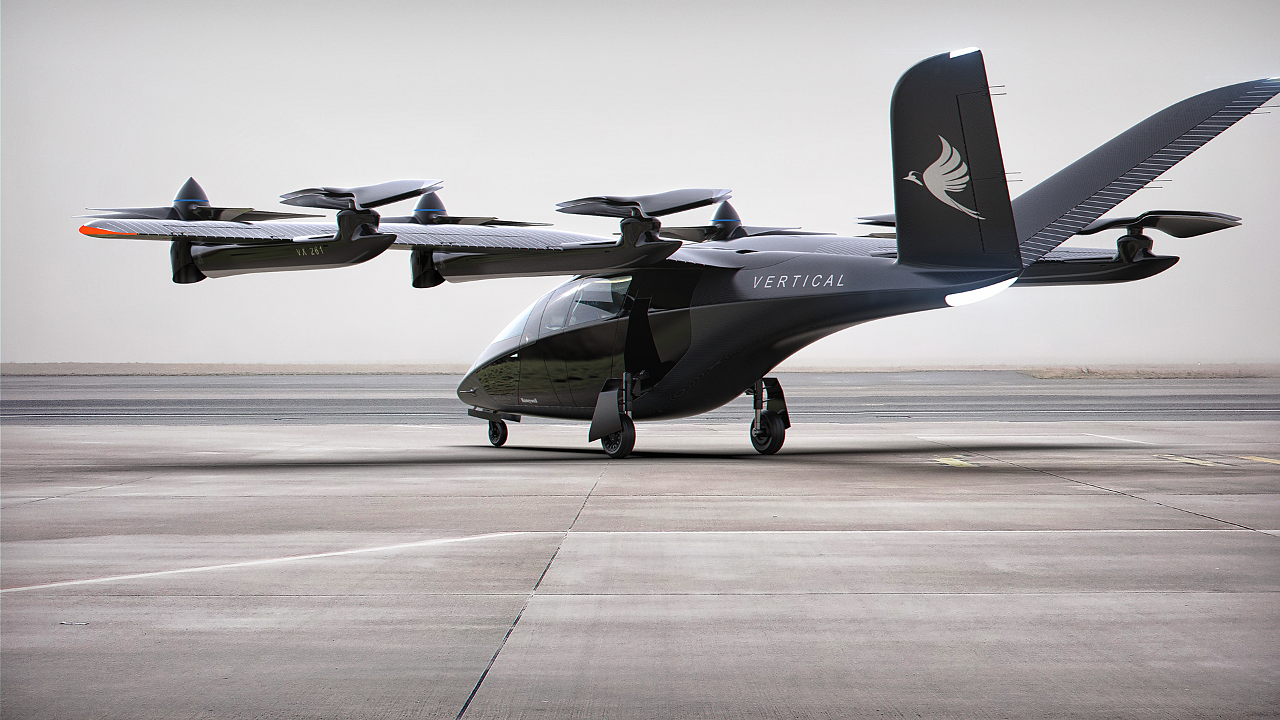
As per the UN's Race to Zero initiative, SAF must make up 10% of all the fuel used in aviation by 2030. Rolls-Royce ensures that SAF will make up at least 10% of the fuel used in its testing and development activities by 2023. All of its in-service civil aero-engines will also be tested to be 100% SAF compatible by 2023. Based on the in-service fleet of Rolls-Royce Trent engines (as of the end of December 2020), over 80% of the fleet would be SAF-ready by 2023; 3/5th of Rolls-Royce's business jet engine fleet will also be SAF ready by 2023.
Eye on the future
Rolls-Royce's R&D expenditure in 2020 was £1.25 billion, and the company has stated that its gross R&D expenditure towards lower and net-zero carbon technologies will increase from approximately 50% today to at least 75% by 2025. This increased R&D expenditure towards net zero carbon technologies drives new programmes targeting hybrid-electric and all-electric applications, particularly in the Urban Air Mobility (UAM) sector. One such example is the company's partnership with Italian airframer Tecnam and Scandinavian airline Widerøe to deliver an all-electric commuter passenger aircraft slated to enter revenue service in 2026.
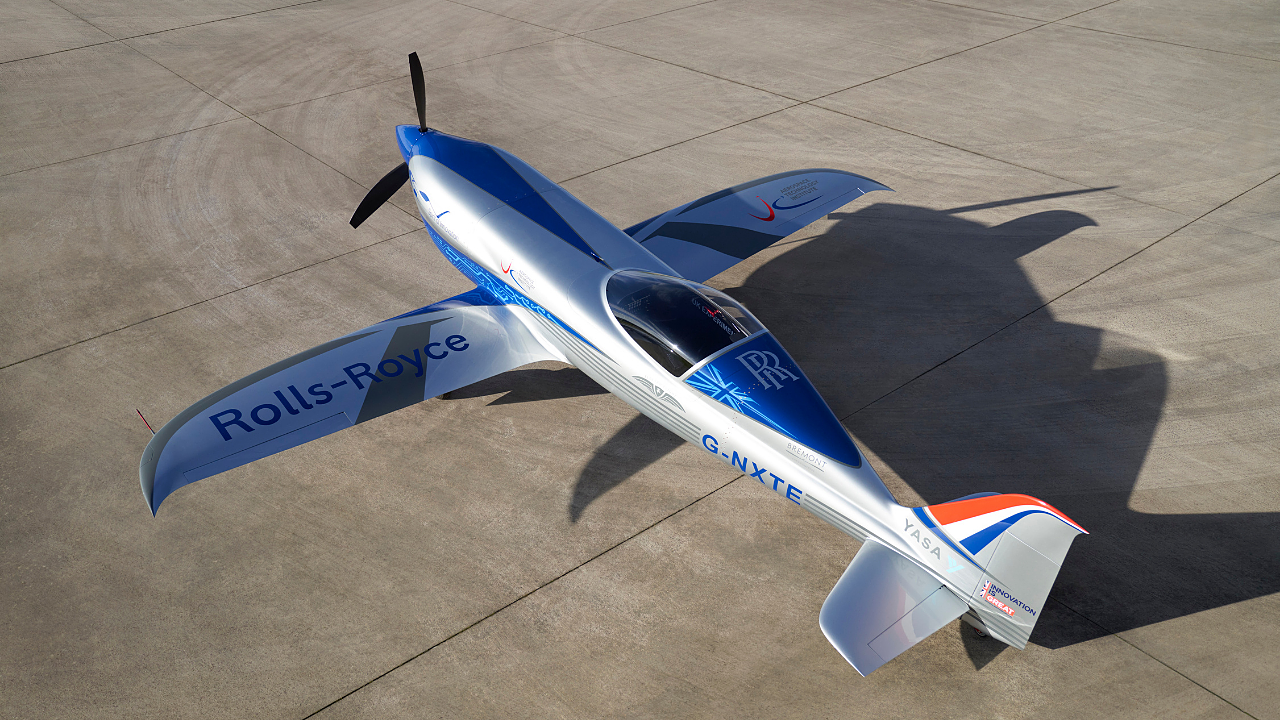
Rolls-Royce's zero-emission Spirit of Innovation single-seater aircraft, which is being developed under the ACCEL programme and supported by the UK Government, is set to make its maiden flight next month. The aircraft is being designed to break the world all-electric flight speed record and will be able to attain speeds of 480 kph and achieve a range of 320 km. A 6,000 cell battery pack powers it. The company's electrical power system is also set to power Vertical Aerospace's flagship UAM aircraft, an all-electric Vertical Take-Off And Landing (eVTOL) vehicle that can carry up to four passengers for 160+ km at cruise speeds of over 320 kph. It is on course for certification in 2024.
Rolls-Royce ended 2020 with revenues of £ 11.76 billion and has approximately 400 airline and leasing customers across 150+ countries. It also has customers in 160 armed forces and navies across the globe, along with more than 5,000 power and nuclear customers.